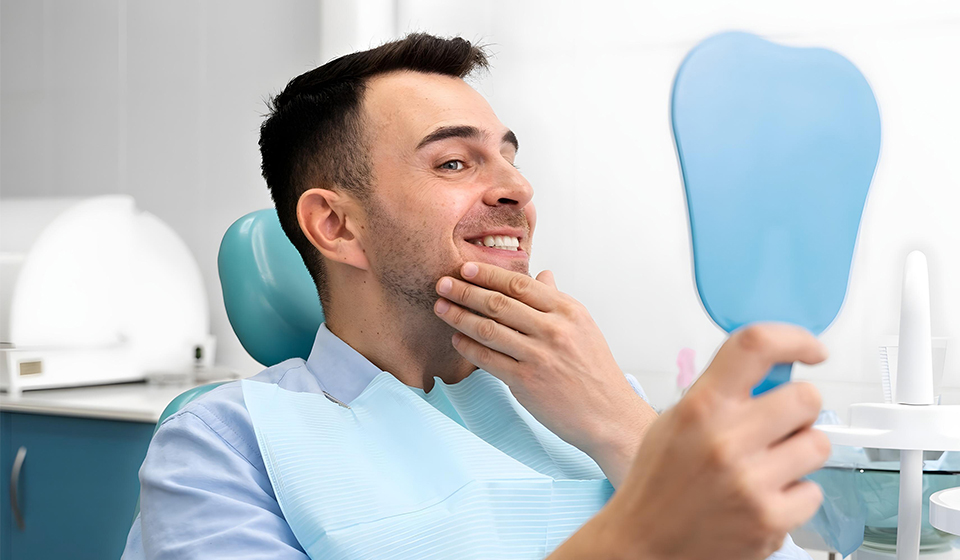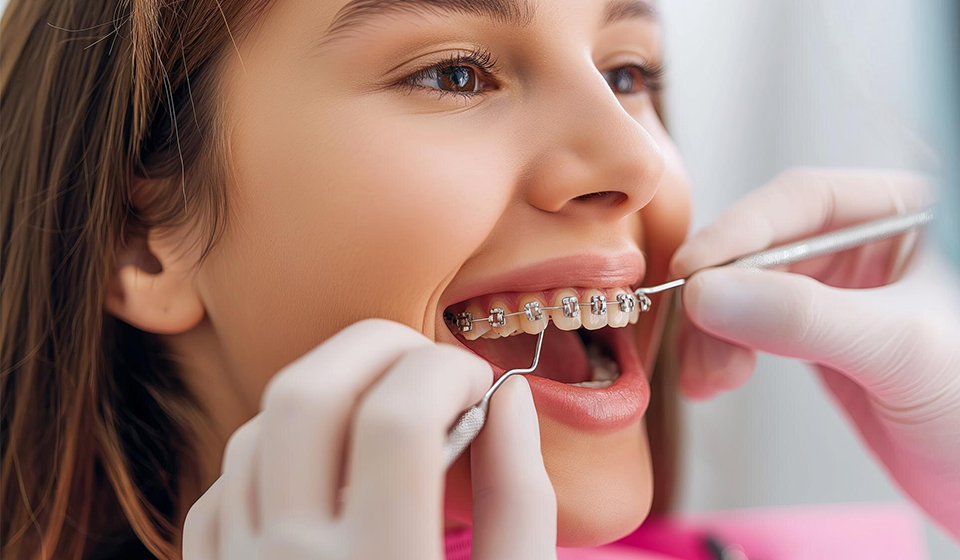We all know that regular visits to the dentist are essential for maintaining good oral health. However, with our busy schedules and the occasional tendency to avoid medical appointments, it’s easy to let dental checkups slide. But your teeth and gums are a vital part of your overall health, and skipping routine care can lead to bigger problems down the road.
If you’re unsure whether it’s time to see a general dentist, certain signs should prompt you to schedule an appointment. Here, we’ll explore the top five signs that indicate it’s time to visit a general dentist in Houston and why you shouldn’t ignore these warnings.
Tooth pain or sensitivity
One of the most obvious signs that it’s time to visit the dentist is persistent tooth pain or sensitivity. While some may dismiss occasional discomfort, chronic pain or heightened sensitivity to hot or cold foods could be a sign of a deeper issue, such as:
- Cavities: small holes in your teeth that can worsen over time if untreated.
- Infections: Dental abscesses or infections can cause significant pain and require immediate attention.
- Tooth decay: bacteria eroding your enamel can expose sensitive inner layers of your teeth.
Even if the pain subsides, it’s important to get it checked out by your general dentist. Tooth issues don’t go away on their own, and catching problems early can save you from more invasive procedures later.
When to See a Dentist:
If you experience ongoing discomfort or sharp sensitivity to temperature, pressure, or sweet foods, schedule an appointment with your general dentist. They’ll assess the issue and provide treatment to prevent it from worsening.
Bleeding or Swollen Gums
If you notice your gums bleeding when you brush or floss, or if they appear red and swollen, this could be an early sign of gum disease (gingivitis).
Gingivitis occurs when plaque builds up around the gum line, causing irritation and inflammation. Left untreated, it can progress to periodontitis, a more severe form of gum disease that can lead to tooth loss and damage to the surrounding bone structure.
Why you shouldn’t ignore it:
Many people assume that bleeding gums are normal, but they’re usually a sign that something’s wrong. By visiting a general dentist when these symptoms arise, you can prevent the condition from worsening and maintain healthy gums for the long term.
When to See a Dentist:
If your gums bleed consistently, feel tender, or appear inflamed, make an appointment with your dentist right away. Early treatment can reverse gingivitis and protect you from more severe periodontal issues.
Persistent bad breath (halitosis)
Bad breath, or halitosis, can be embarrassing, but it’s also a potential sign of underlying dental problems. Occasional bad breath due to strong-smelling foods or poor hygiene is normal, but persistent halitosis that won’t go away despite regular brushing and mouthwash could indicate:
- Gum Disease: Bacteria in the mouth can cause bad breath, especially if there’s an infection in your gums.
- Dry Mouth: Lack of saliva production can lead to an increase in bacteria, contributing to bad breath.
- Tooth decay: Cavities or decaying teeth can emit an unpleasant odor.
Why you shouldn’t ignore it:
Bad breath is often a sign that something in your mouth needs attention. Rather than masking the problem with mints or gum, it’s important to see a general dentist to get to the root of the issue.
When to See a Dentist:
If you’ve been dealing with chronic bad breath and can’t seem to fix it through at-home remedies, schedule a dental appointment. Your dentist will assess your mouth for any signs of decay or gum disease and recommend treatment to resolve the issue.
Loose or shifting teeth
As adults, our teeth should remain firmly in place. If you notice that one or more of your teeth feel loose, or if you notice visible shifting in your smile, it’s a major red flag that requires immediate attention.
Loose or shifting teeth can be a result of advanced gum disease, bone loss, or trauma. In some cases, teeth may shift due to untreated misalignment, bruxism (teeth grinding), or the natural aging process. Regardless of the cause, any changes in the position or stability of your teeth should be addressed by a general dentist.
Why you shouldn’t ignore it:
Shifting teeth can lead to bite issues, difficulty chewing, and an increased risk of tooth loss. Ignoring the problem may allow it to worsen, leading to more complex treatments like orthodontics, dental implants, or even dentures.
When to See a Dentist:
If you feel your teeth becoming loose or shifting out of place, make an appointment with your general dentist immediately. Early intervention can help stabilize your teeth and prevent further damage.
Conclusion
If you’re experiencing any of the signs mentioned above, consider contacting Unident Family Dentistry in Houston. Their team of experienced professionals can assess your dental health and provide personalized care to address any issues. By prioritizing your oral health today, you can prevent future problems and maintain a bright, confident smile for years to come!







